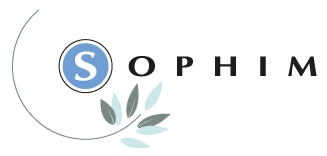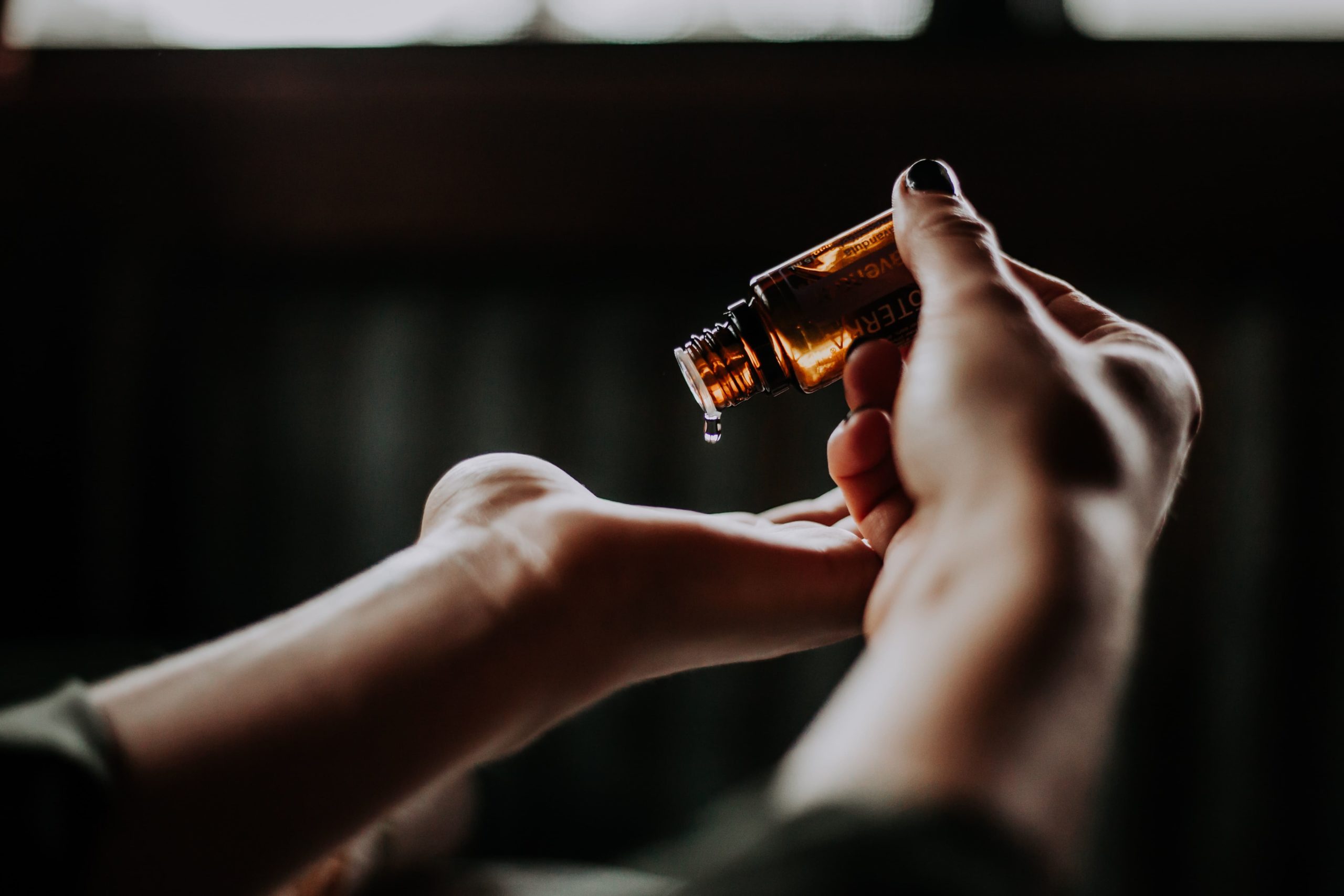1. The Official Cosmetic Regulatory Bodies in France
Unlike medications, cosmetic products do not require prior market authorization. Manufacturers must ensure that their products meet legislative and regulatory requirements and pose no health risks. In France, two authorities have the power to oversee professionals in the cosmetic sector.

The ANSM (National Agency for the Safety of Medicines and Health Products) in France evaluates the toxicological profile of substances used in cosmetic products. Certain groups of substances, such as endocrine disruptors, receive special attention. This public institution also carries out a cosmetovigilance mission, monitoring adverse effects caused by cosmetic products. It relies on reports from healthcare professionals, industry players, and users.
The DGCCRF (Directorate General for Competition Policy, Consumer Affairs, and Fraud Control) primarily verifies the legality of claims regarding the composition of cosmetic products. In 2020 and 2021, inspections conducted by the DGCCRF identified nearly a third of anomalies. Compliance requests focus particularly on:
- The presence of unspecified allergens in the label, or the claim of “no major allergens” which can mislead consumers.
- The presence of certain substances in the composition of products that claim not to contain them (for example, the presence of ethanol in a cosmetic product labeled “ethanol-free”).
- The absence of certain substances in the composition of products that claim to contain them (for example, a claim of aloe vera juice in a cosmetic product containing reconstituted aloe vera).
- Claims of efficacy that cannot be proven, or which are not supported by clinical or scientific studies.
Discover other regulatory aspects of cosmetics
2. Indispensable quality control for all cosmetic companies
The controls conducted by authorities do not replace the vigilance of companies. Regular quality controls are indispensable and address several major issues:
- Comply with regulatory obligations in force on different national markets;
- Ensure the compliance and safety of ingredients used in the formulation of cosmetic products;
- Provide a consistent level of quality across all batches produced and marketed, and maintain the standards that contribute to the brand’s reputation;
- Support innovation, the definition of chemical structures, and the optimization of their production processes, and facilitate the approval of new raw materials.
Several analytical methods can be used to ensure some of these quality controls at all stages of the value chain.
Chromatographic Techniques
Chromatography is a technique that allows the separation of chemical substances present in a homogeneous mixture, whether it is liquid or gaseous. It relies on the differences in behavior between a moving mobile phase and a stationary phase (also called a fixed phase). It is widely used in chemistry and biochemistry to separate, identify, and quantify the components of a sample.
Various chromatographic techniques can be employed in quality control.

High-Performance Liquid Chromatography (HPLC) separates the components of a mixture using a liquid as the mobile phase. The components move at different speeds through a column filled with a stationary substance, thus creating a separation based on their interactions with this substance.
Liquid-phase Ion Chromatography uses a column filled with an ion-exchange resin as the stationary phase. As the sample is transported through this column by a liquid phase, ions interact with the resin, resulting in their separation based on their charges and affinities for the resin.
In Gas Chromatography, a gas is used as the mobile phase to move components through a column filled with a stationary substance. Components separate based on their volatility and interactions with the stationary substance, allowing precise analysis of different constituents in the mixture.
Gel Permeation Chromatography (GPC) or Size Exclusion Chromatography (SEC) relies on a column filled with porous gel beads as the stationary phase. Larger polymers are excluded from the pore network and pass more quickly through the column, while smaller polymers penetrate the pores and take longer to traverse the column. Thus, GPC/SEC enables the classification of polymers based on their molecular weight.
Spectrometry
This technique measures and analyzes the properties of electromagnetic radiation emitted, absorbed, or scattered by matter. Spectrometry can identify components of a sample, determine their concentration, or provide information about their molecular structure. Several spectrometric techniques can be used for quality control in cosmetics.
Inductively Coupled Plasma Optical Emission Spectrometry (ICP-OES) uses a plasma induced by an induction coil to excite the atoms of elements in a liquid sample. This plasma generates characteristic light for each element, which is then analyzed by an optical spectrometer. By measuring the intensities of spectral lines emitted by the plasma, it becomes possible to identify different elements and quantify their concentration in the sample.
UV-Vis Spectrometry uses a source of ultraviolet and visible light that passes through a sample. Molecules in the sample absorb light at specific wavelengths, generating an absorption spectrum. Analyzing this absorption at different wavelengths provides information about the presence and concentration of chemical components in the sample.
In Fourier Transform Infrared Spectrometry (FTIR), an infrared light beam passes through a sample. Molecules in the sample absorb specific amounts of infrared energy, causing molecular vibrations. A detector measures the light’s intensity after passing through the sample. Fourier Transform is then applied to convert these measurements into an infrared spectrum indicating the frequencies of molecular vibrations.
Chemical and Physicochemical Analyses
Various chemical analyses are also used for quality control in cosmetics:
- Acid-base titrations determine the concentration of an acidic or basic substance in a solution.
- Redox analysis measures the concentration of specific species in samples (atoms, molecules, ions, radicals, etc.).
- Rheology studies the deformable behavior of matter and is particularly useful for studying the properties of a texture.
- Particle size analysis characterizes the distribution of particle sizes in a solution.
A Wide Range of Analyses for Quality Control
Other tests and analyses are regularly used to control the quality of a cosmetic product.
Total Organic Carbon (TOC) technique measures the total amount of carbon in a substance, whether it is in organic or inorganic form.
Differential Scanning Calorimetry (DSC) measures heat changes associated with thermal transitions in a sample, characterizing the thermal properties of substances.
3. Rigorous Quality Control of Cosmetic Ingredients
The quality of cosmetic products also relies on choosing partners and suppliers who share values and commitments to good manufacturing practices.
At SOPHIM, quality controls are assured throughout the process using robust analytical methods and high-performance equipment. Each batch of finished product is released only after all analyses are performed and if it conforms to pre-established specifications:
- 5 Gas Chromatographs with FID detection
- 1 Coulometric titrator for water microdosage: Karl Fischer method according to ASTM D 6304
- 1 Spectrocolorimeter for Gardner measurements according to ISO 4630 and Pt-Co ISO 6271
- 1 Digital densimeter for density measurements at different temperatures according to ISO 18301
- 1 Digital refractometer for refractive index measurements according to ISO 6320
- 1 Melting point measurement device by sliding according to ISO 6321
- 1 Titration equipment for saponification index measurements according to ISO 3657
Sophim is also equipped with an OMNIS® automated titration robot (by METROHM) for potentiometric method dosages:
-
- Acid index according to ISO 660
- Peroxide index according to ISO 27107
- Iodine index according to ISO 3961
Watch the titration robot video on Linkedin
Sophim’s commitment to constant quality control is also reflected in the ISO 22716 certification. This certification commits to mastering the hazards and risks associated with cosmetic products and aims for continuous improvement throughout the supply chain, focusing on customer and partner satisfaction, and the end consumer.
For natural-origin cosmetic ingredients of consistent quality, contact your usual representative to access the catalog, call the teams at (+33)4 92 33 17 17, or send an online message.
Category: Chemical expertise








